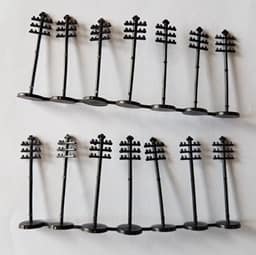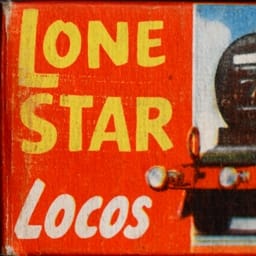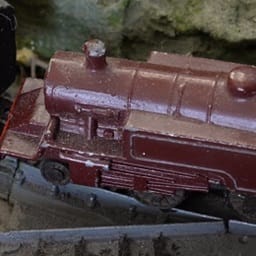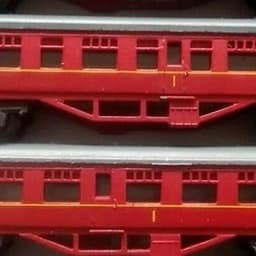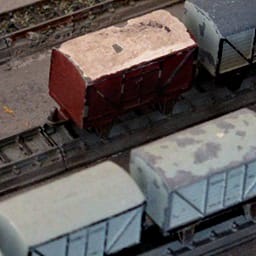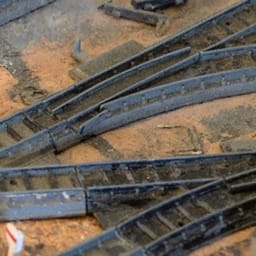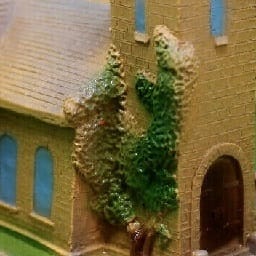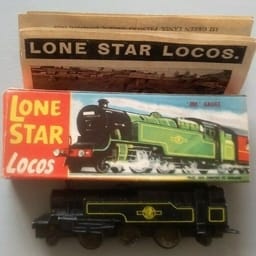
Signalling included a signal box, semaphore signals, two aspect signals and telegraph poles.
The semaphore signal consisted of a post diecast in the white metal alloy zamak. The base of this came with two small holes, to allow pinning down on a permanent layout. On the post was mounted either a red home signal or a yellow distant signal arm. An elaborate design meant that this could be operated by a small handle at the base, which was connected to the arm by a steel wire. Turning the arm could raise or lower the upper-quadrant signal. The post was painted white and the handle was a black plastic. These signals were sold in a pack of three, or a combination of two and a signal box.
Later, a two aspect electric signal was produced. Again, diecast and painted white, with a green and red coloured reflector for the lights. The base came with two small holes, to allow pinning down on a permanent layout. These signals came two in a pack.
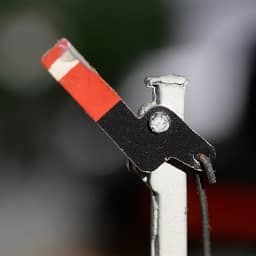
The signal box was cast in the white metal alloy zamak.
It was two stories, with a brick locking room on the ground level and a shiplap operating room above. Access to the latter was via an external staircase to a door. The roof was tiled, with a single chimney.
Bricks and tiles were painted red, the wooden shiplap and door was painted white.
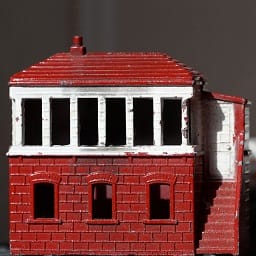
Telegraph poles were in a molded in black. Later production had brown plastic.
The pole had three cross poles, each with four insulators and came on a round base.
These were sold with white trackside fences.
